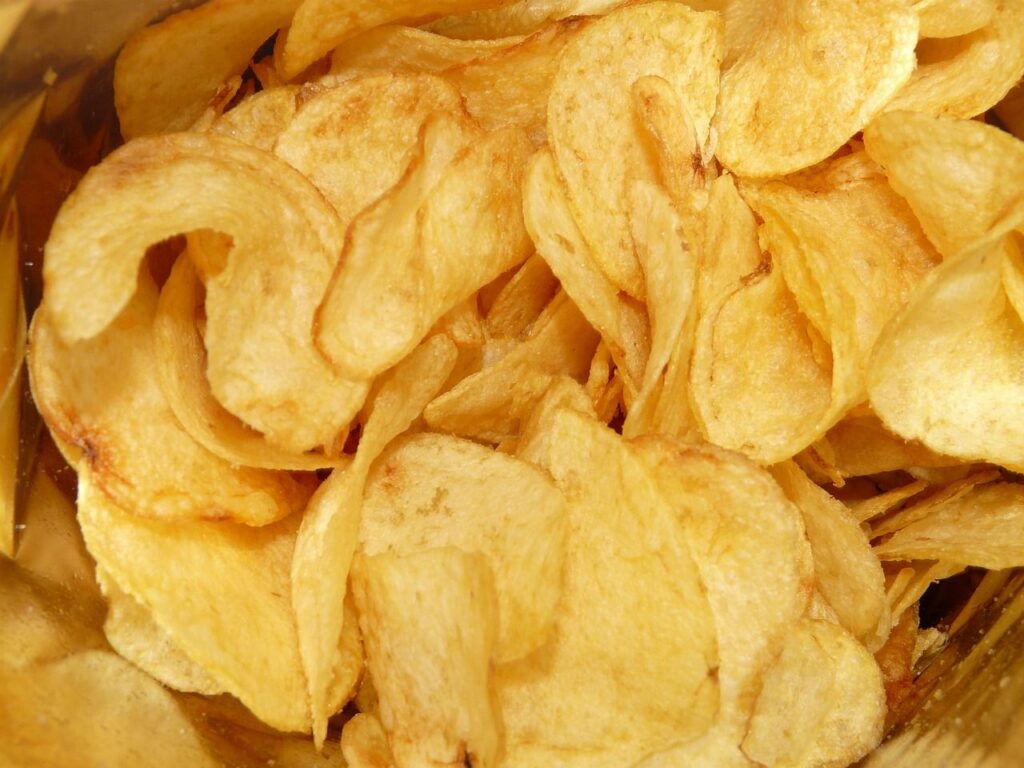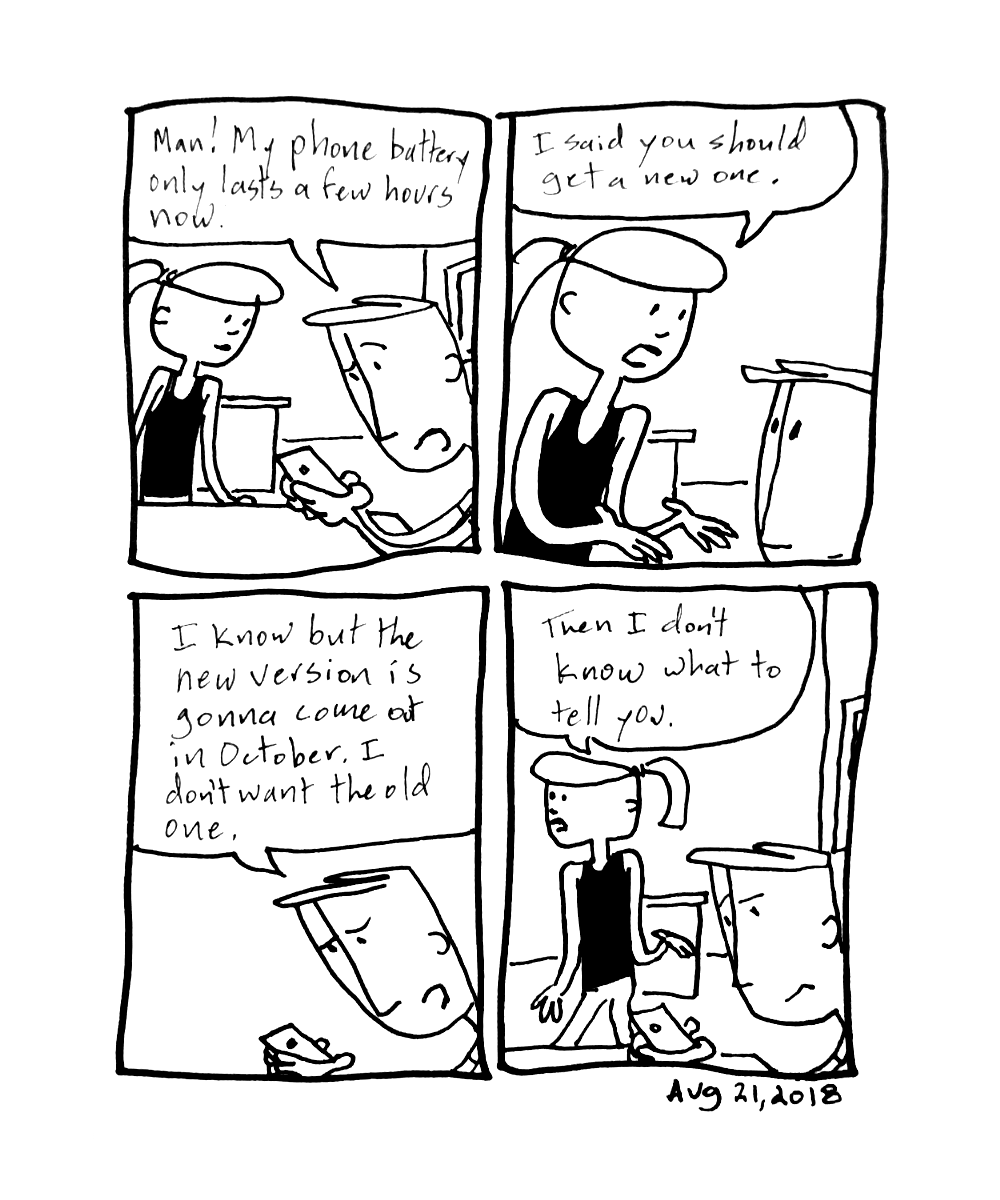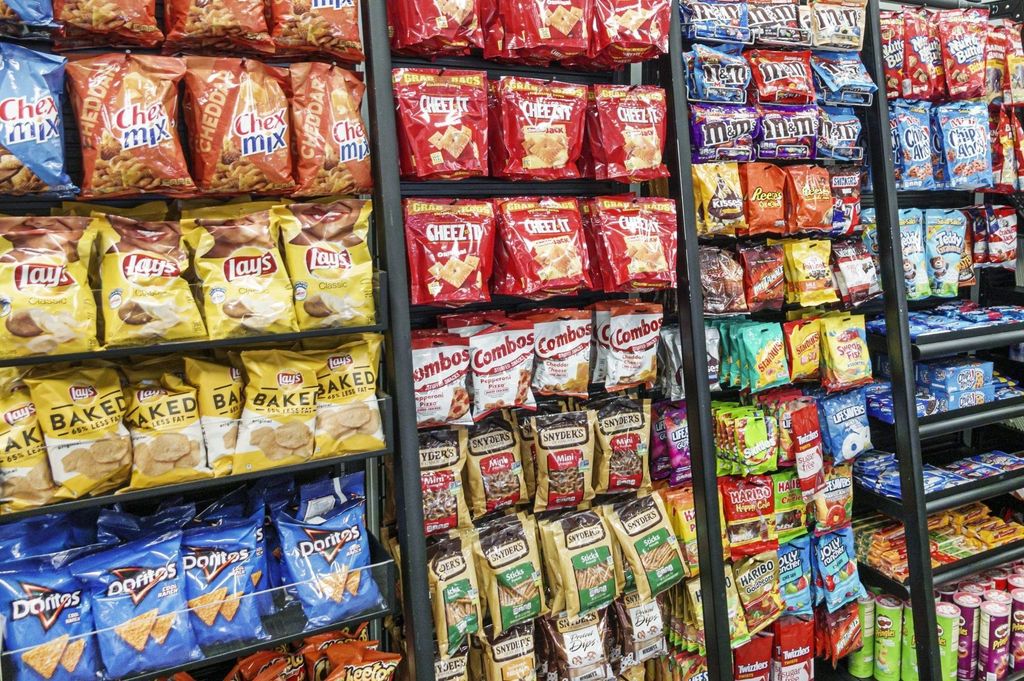
The allure of the grocery store aisle as a child was undeniable, a vibrant landscape promising little moments of joy in every colorful box and crinkly wrapper. We’d race through, eyes wide with wonder, lobbying our parents for that specific cereal, gooey candy bar, or fizzy drink that simply *had* to be in our cart. These weren’t merely snacks; they were the currency of childhood, lunch highlights, and comforting after-school cravings.
But time, as it always does, marched on, and with it, many beloved treats quietly slipped away from store shelves. Some vanished without a trace, leaving only faint echoes in our memories and perhaps a grainy commercial online. For those who grew up with them, these discontinued foods represent a sweet, sometimes poignant, slice of nostalgia—a direct link to simpler days and the pure joy of discovery.
So, buckle up, fellow nostalgia-seekers! We’re embarking on a flavorful journey down memory lane to revisit classic childhood foods that have mysteriously disappeared. Prepare to have your taste buds tantalized by forgotten flavors and your heartstrings tugged by treats you might have completely forgotten. Recalling these gems might just spark a craving for a bygone era!
1. **P.B. Crisps**Planters’ P.B. Crisps burst onto the snack scene in the early 1990s, instantly captivating peanut butter enthusiasts. These ingenious snacks, distinctively shaped like miniature peanuts, were a playful nod to their core ingredient. Each crunchy shell cradled a rich, creamy peanut butter filling, creating an utterly irresistible symphony of sweet and salty flavors.
Their phenomenon stemmed from a perfect balance: not just a salty chip or overly sweet cookie, they occupied a delicious middle ground. Offering a satisfying crunch followed by a smooth, nutty interior, their novelty quickly garnered a massive fan base. P.B. Crisps became a staple in lunchboxes and after-school snack rotations.
Despite undeniable popularity, Planters made the perplexing decision to discontinue P.B. Crisps in the mid-1990s. This abrupt disappearance left legions of snack lovers heartbroken. Many still lament their absence, hoping this perfectly crafted peanut butter snack might one day return to pantry shelves.
Read more about: Seriously, Remember These? A Deep Dive into the Discontinued Childhood Snacks That Left Us Heartbroken
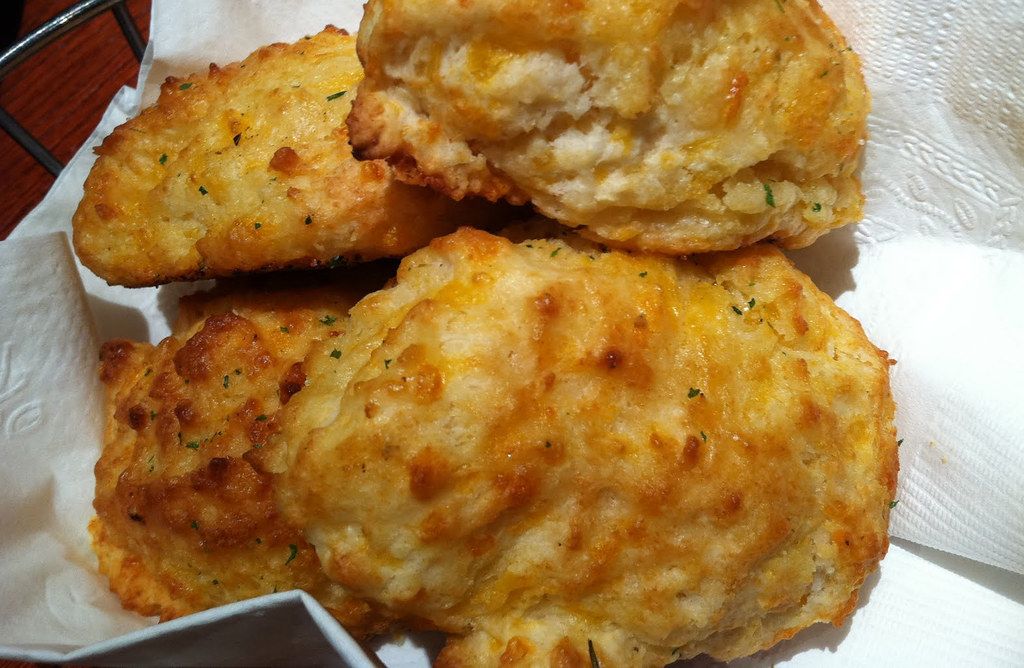
2. **Magic Middles**Keebler, known for its enchanting elves and delightful cookies, introduced a true marvel in the late 1980s: Magic Middles. These were no ordinary shortbread cookies; they harbored a delightful secret—a luscious, molten chocolate or fudge center. The concept was simple yet brilliant, transforming a classic cookie into an exciting, multi-textured treat.
The appeal of Magic Middles lay in their surprising contrast. The exterior was crumbly, buttery shortbread, delivering a comforting, familiar taste. Then, with each bite, you’d encounter the gooey, warm chocolate or fudge filling, a burst of decadence. They quickly became cherished by cookie enthusiasts seeking something special.
Sadly, Magic Middles were phased out in the early 1990s, leaving a significant void. Another account states discontinuation in 2012, highlighting their longevity. Regardless, their absence is keenly felt, as no other cookie has quite managed to replicate that perfect blend of crumbly shortbread and irresistible, melt-in-your-mouth center.
Read more about: Seriously, Remember These? A Deep Dive into the Discontinued Childhood Snacks That Left Us Heartbroken

3. **Squeezit Drinks**For anyone growing up in the 1980s and 1990s, Squeezit drinks were synonymous with lunchbox joy. The sheer act of twisting off the brightly colored cap and slurping down the sweet, sugary fruit-flavored liquid was an experience in itself. These distinctive, squeezable plastic bottles weren’t just containers; they were an interactive part of snack time.
Squeezit drinks came in an array of artificial yet appealing fruit flavors, each vibrant hue promising a burst of sugary deliciousness. From their introduction, they became a ubiquitous staple in school lunch boxes, instantly recognizable and highly coveted. Kids loved squeezing the last drops from the unique bottle, their designs ingrained in memories.
Despite widespread popularity, Squeezit drinks were discontinued in 2001. Their disappearance forced kids to seek sugary hydration elsewhere, leaving a legacy of colorful plastic bottles and sweet, artificial memories. The innovative bottle designs and the fun of drinking them still live on vividly for those who cherished them.
Read more about: Grab Your Lunchbox! We’re Taking a Wild Trip Back to 14 Childhood Snack Favorites That Totally Vanished
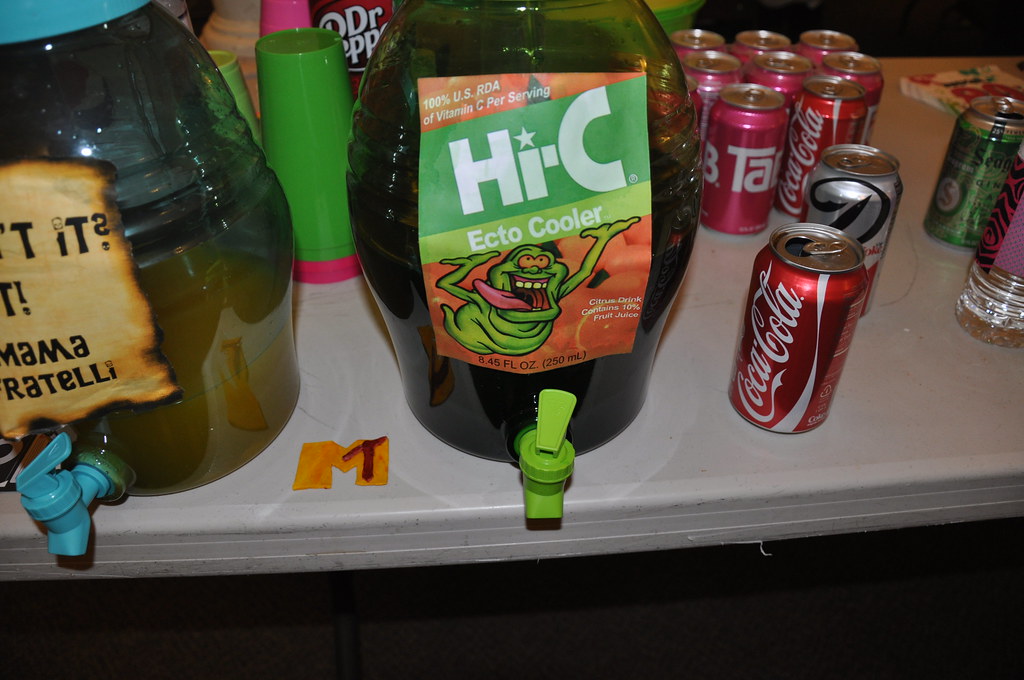
4. **Hi-C Ecto Cooler**Inspired by the blockbuster “Ghostbusters” franchise, Hi-C Ecto Cooler was more than just a drink; it was a cultural phenomenon. This vivid green citrus drink wasn’t just palatable; it was an integral part of the Ghostbusters experience. Its eye-catching, almost radioactive hue made it as exciting to look at as it was to drink.
Launched to capitalize on the immense popularity of the movies and animated series, Ecto Cooler quickly became incredibly popular. Its unique citrusy flavor, combined with the novelty of its green color and strong brand association, cemented its place as a lunchbox legend. It was a quintessential ’80s and ’90s kid’s drink, a symbol of pop culture infused into snack time.
Tragically for its legions of fans, Hi-C Ecto Cooler was sadly discontinued in the late 1990s. The outcry from nostalgic adults led to a brief, triumphant return in 2016 for the “Ghostbusters” reboot. However, this comeback was short-lived, and the beloved green drink has since disappeared again, leaving fans to cherish memories of its vibrant flavor and iconic imagery.
Read more about: Grab Your Lunchbox! We’re Taking a Wild Trip Back to 14 Childhood Snack Favorites That Totally Vanished

5. **Oreo O’s Cereal**For anyone who wished for cookies for breakfast without parental disapproval, Oreo O’s Cereal was an absolute dream come true. Launched in 1997 by Post and Kraft Foods, this ingenious invention gave cookie lovers a legitimate excuse to start their day with Oreo flavor. Each chocolate ring, flecked with white creme specks, was a miniature Oreo in cereal form.
The brilliance of Oreo O’s lay in its authentic taste. It wasn’t just *inspired* by Oreos; the cereal contained real Oreo cookie bits, making it an authentically indulgent experience. The chocolate rings not only tasted like Oreos but also transformed the milk into a delicious chocolatey dream, making every spoonful a pure delight. Its initial success was undeniable, quickly becoming a household favorite.
However, due to a corporate split in 2007, Oreo O’s mysteriously disappeared from U.S. shelves, becoming a legendary discontinued item. For nearly a decade, South Korea remained the sole bastion for fans. Post finally reintroduced the cereal stateside in 2017, though purists note the current version lacks original marshmallow bits, proving even a comeback can have subtle differences.
Read more about: Seriously, Where Did They Go? We’re Remembering 13 Classic Snacks That Vanished From Our Shelves
6. **Jell-O 1-2-3**Jell-O 1-2-3 was nothing short of a culinary marvel for its time, a single dessert that magically separated into three distinct, delightful layers when prepared. Introduced in the 1960s, this product promised a fascinating transformation right in your refrigerator, making dessert preparation feel like an act of sorcery. It was an instant hit for its fun gimmick and satisfying results.
The wonder of Jell-O 1-2-3 was in its distinct stratification: a creamy top layer, a mousse-like middle, and the classic, jiggly Jell-O at the bottom. This multi-textured experience offered variety in every spoonful, captivating both children and adults. It was not just a dessert; it was a conversation starter, an edible science experiment that consistently delivered on its whimsical promise.
Despite its unique appeal and initial popularity, Jell-O decided to discontinue this product in 1996, reportedly due to declining sales. The fun gimmick wasn’t enough to sustain its longevity against shifting preferences. While numerous petitions have surfaced, Jell-O 1-2-3 remains a cherished memory, its three magical layers existing now only in the annals of dessert history.

7. **Dunkaroos**For a generation of kids in the 1990s, Dunkaroos were the undisputed champion of the lunchbox, a portable package of pure, unadulterated joy. These delightful snacks featured small, often kangaroo-shaped vanilla cookies perfectly portioned for dipping into a luscious cup of rainbow sprinkle frosting. It was a customizable snacking experience that fostered creativity, with kids developing intricate dunking techniques.
The allure of Dunkaroos was multifaceted: the playful shapes, the sweet, satisfying crunch of the cookies, and the vibrant, sugary frosting that coated them. They were more than just a snack; they were social currency in elementary school cafeterias, with certain flavors commanding premium bargaining power. Their widespread popularity cemented their status as a beloved icon of ’90s childhood.
The discontinuation of Dunkaroos from American shelves in 2012 sent shockwaves through a generation of ’90s kids. The longing for their return was so intense that some desperate fans even resorted to “cookie smuggling” from Canada. After years of relentless petitions, General Mills finally answered the collective plea and brought Dunkaroos back in 2020. While fans rejoiced, some maintain the reformulated version, though still delicious, doesn’t quite capture the exact sugary magic of the original recipe.
Read more about: Seriously, Where Did They Go? We’re Remembering 13 Classic Snacks That Vanished From Our Shelves
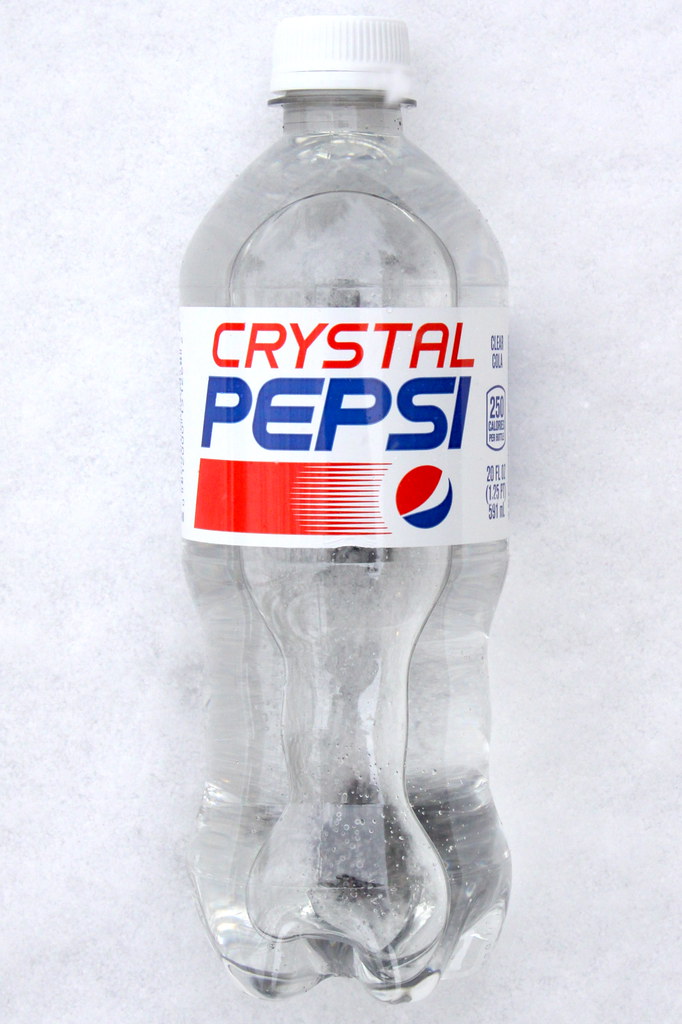
8. **Crystal Pepsi**The early 1990s witnessed an intriguing experiment in the beverage world with the arrival of Crystal Pepsi. This clear, caffeine-free cola from PepsiCo challenged every convention, launching nationwide in 1993 after successful test marketing. It embodied the era’s fleeting fascination with “purity” and transparency, promising consumers the classic Pepsi taste without the caramel coloring, a radical idea that immediately captured public attention. The accompanying Van Halen-soundtracked commercial perfectly encapsulated the optimistic futurism of the time, positioning it as a drink ahead of its curve.
PepsiCo invested heavily in its marketing, attempting to make Crystal Pepsi a symbol of a new, discerning consumer. However, despite the aggressive campaign and initial buzz, the drink struggled to maintain traction. Consumers were intrigued by its appearance, but many found the experience of drinking a clear cola that tasted like Pepsi disorienting. The visual cues of a traditional dark cola were deeply ingrained, leading to a disconnect between expectation and reality for many.
The novelty wasn’t enough to sustain sales, and consequently, Crystal Pepsi was discontinued within a year of its national launch. This swift departure cemented its place as a fascinating, albeit commercially unsuccessful, venture in beverage innovation. It became a powerful case study in how deeply ingrained consumer perceptions can influence a product’s fate, proving that sometimes, being too radically different can be a double-edged sword, even for a global brand.
Yet, Crystal Pepsi’s story didn’t end there. Its short, impactful existence forged a passionate cult following, leading to several limited-time comebacks years later, driven by intense ’90s nostalgia. These returns, while fleeting, underscore the enduring legend of Crystal Pepsi and how it continues to represent a bold, if ultimately flawed, attempt to redefine a classic. It remains a fascinating relic of a specific cultural moment, frequently discussed by those who remember its brief, transparent reign.
Read more about: Seriously, Where Did They Go? We’re Remembering 13 Classic Snacks That Vanished From Our Shelves
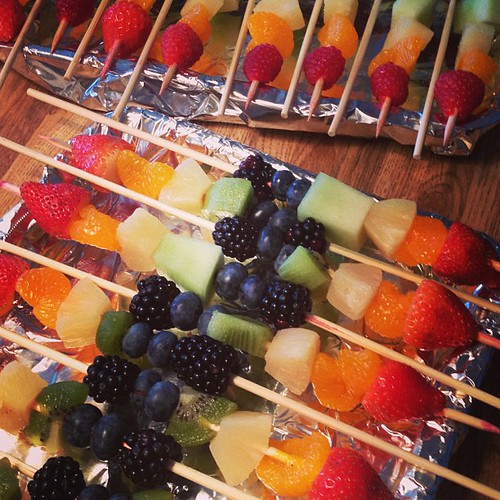
9. **Fruit String Thing**For children of the late 1990s, the Fruit String Thing was far more than just another fruit snack; it was an innovative and interactive edible toy. This General Mills creation offered a playful twist on traditional fruit leathers by allowing kids to peel off long, narrow strips of fruity goodness from a larger sheet. The sheer act of unraveling and eating the “strings” transformed snack time into an engaging, customizable experience, making it a highly desirable item in every lunchbox.
Its unique design truly set it apart from its competitors. While other fruit snacks were simple gummies or flat sheets, Fruit String Thing fostered creativity and a sense of discovery. Children delighted in developing their own intricate peeling techniques, savoring the moment before consuming the vibrant, sweet strips. This clever integration of play into snacking elevated its appeal, turning a routine lunch item into a personal adventure that brought excitement to the school day.
The brand successfully connected with kids by making the product less about just taste and more about the fun factor. Its colorful appearance and the satisfying texture of the peelable strands contributed to its widespread popularity, quickly establishing it as a memorable icon of ’90s childhood. It perfectly captured the era’s demand for novelty and personalized experiences, however simple, making it a beloved staple for many young snack enthusiasts.
Despite its significant fan base and the joyful memories it created, the Fruit String Thing was sadly discontinued in the late ’90s, leaving a void that no other fruit snack has quite managed to fill. While the exact reasons for its disappearance are not widely publicized, its absence is still keenly felt by nostalgic adults who fondly recall its distinctive format and the sheer fun it brought to their lunchboxes. It remains a prime example of a product whose unique design left a lasting impression.
Read more about: Under the Hood: 8 Critical Patent Insights Engineers Must Master to Safeguard Innovation
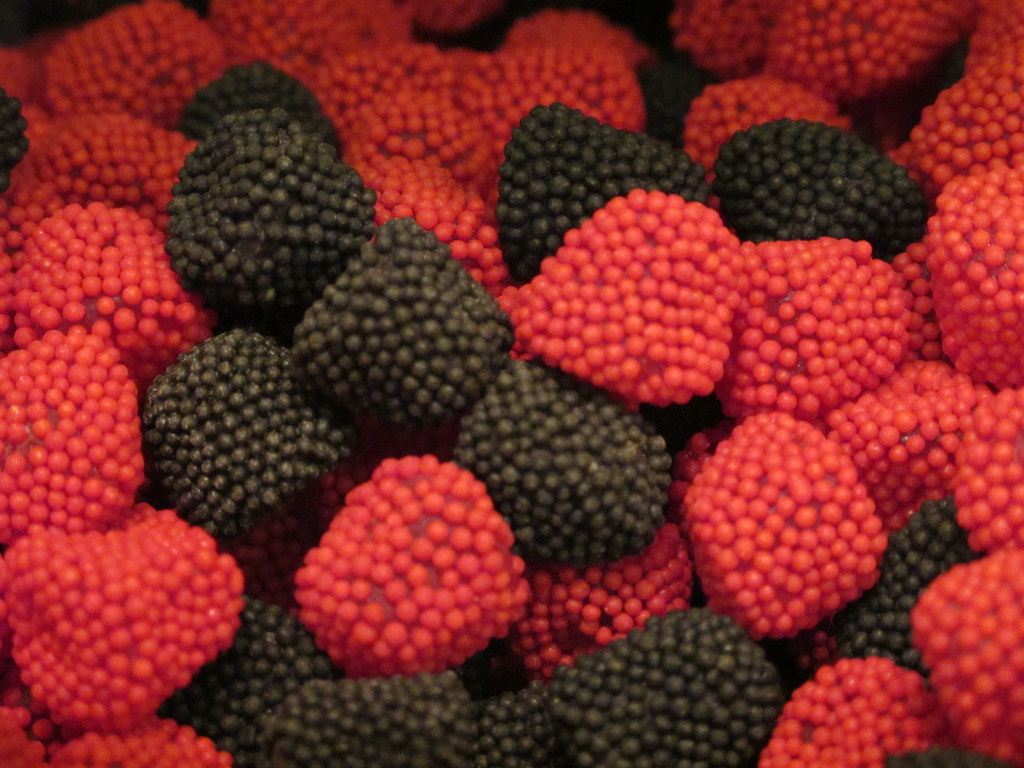
10. **Bar None Candy Bar**When the Bar None candy bar made its debut in the mid-1980s, it quickly established itself as a truly exceptional treat, promising to “bar none” deliver on flavor and satisfaction. This gourmet-level candy bar offered a luxurious combination of a chocolate wafer, a layer of rich milk chocolate, creamy peanut butter, and a generous sprinkle of crunchy peanuts, all enrobed in a final coating of milk chocolate. It was designed to be a sophisticated, multi-textured indulgence that stood out in a crowded market.
The appeal of the Bar None lay in its harmonious blend of distinct components, meticulously crafted to provide a truly decadent experience. Each bite offered a perfect interplay of crispy, creamy, and crunchy textures, alongside the delightful balance of sweet chocolate and savory peanut butter. It wasn’t merely a sugar rush; it was a carefully composed symphony of flavors that appealed to those seeking a more complex and substantial candy bar. Its premium feel and robust taste made it a favorite among discerning candy lovers.
However, the trajectory of the Bar None was unfortunately marked by changes that ultimately contributed to its demise. Sometime after its initial success, the recipe underwent reformulations, with reports suggesting changes in the layering and overall composition, including the removal of the iconic chocolate wafer. These modifications, likely aimed at cost-cutting or streamlining production, alienated many loyal fans who felt the essence of the original product had been compromised, leading to a decline in its unique appeal.
The Bar None candy bar was eventually discontinued in the late 1990s, much to the dismay of its dedicated fanbase, particularly those who cherished its original formulation. Despite its relatively short lifespan, its unique taste and satisfying texture are still fondly remembered by many who experienced its initial glory. It remains a poignant example of how even minor alterations to a beloved recipe can erode a product’s identity and lead to its eventual vanishing act, leaving behind only the sweet memory of what once was.
Read more about: Unlocking the Digital Phenomenon: An In-Depth Look at the Talking Tom & Friends Franchise
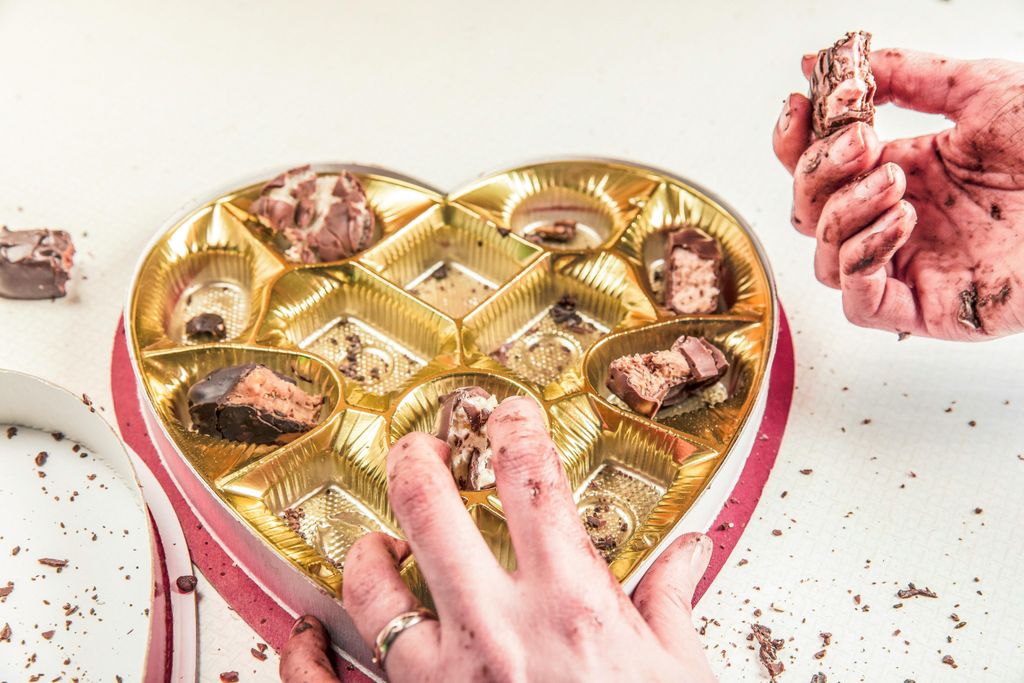
11. **Wonder Ball**The Wonder Ball was a confectionery marvel that epitomized childhood delight, merging the simple pleasure of chocolate with the thrilling element of surprise. Introduced as a hollow chocolate ball containing small candies, and later, collectible toys, it quickly became a sensation. The concept was ingeniously simple: an edible mystery box that made every purchase an exciting discovery, captivating children with the promise of hidden treasures inside.
Its popularity soared due to this innovative design and ingenious marketing strategy that played directly into a child’s natural curiosity. The joy of carefully breaking open the chocolate shell to reveal a colorful assortment of hard candies or, most notably, a small, brightly colored toy, was unparalleled. This interactive experience transformed the Wonder Ball into more than just a sweet treat; it became a coveted collectible, with kids eager to gather entire sets of the enclosed prizes.
However, the very feature that made the Wonder Ball a resounding success—the inclusion of small toys—also proved to be its Achilles’ heel. Mounting safety concerns regarding potential choking hazards, particularly with very young children, led to intense scrutiny and pressure from consumer safety advocates. This ultimately forced a difficult decision, prompting the product’s discontinuation in the early 2000s, a move that saddened legions of young fans and their parents.
While a version containing only candies briefly reappeared, it never quite recaptured the magic and widespread appeal of the original toy-filled Wonder Ball. Its disappearance marked the end of an era for a specific type of interactive confectionery. Today, the Wonder Ball lives on as a cherished memory, a powerful reminder of how product design, cultural impact, and unforeseen safety challenges can converge to shape the destiny of even the most beloved childhood treats.
Read more about: Beyond the Hype: Fitness Trainers Reveal the Secrets to Mark Wahlberg’s Redefined 2025 Workout Schedule
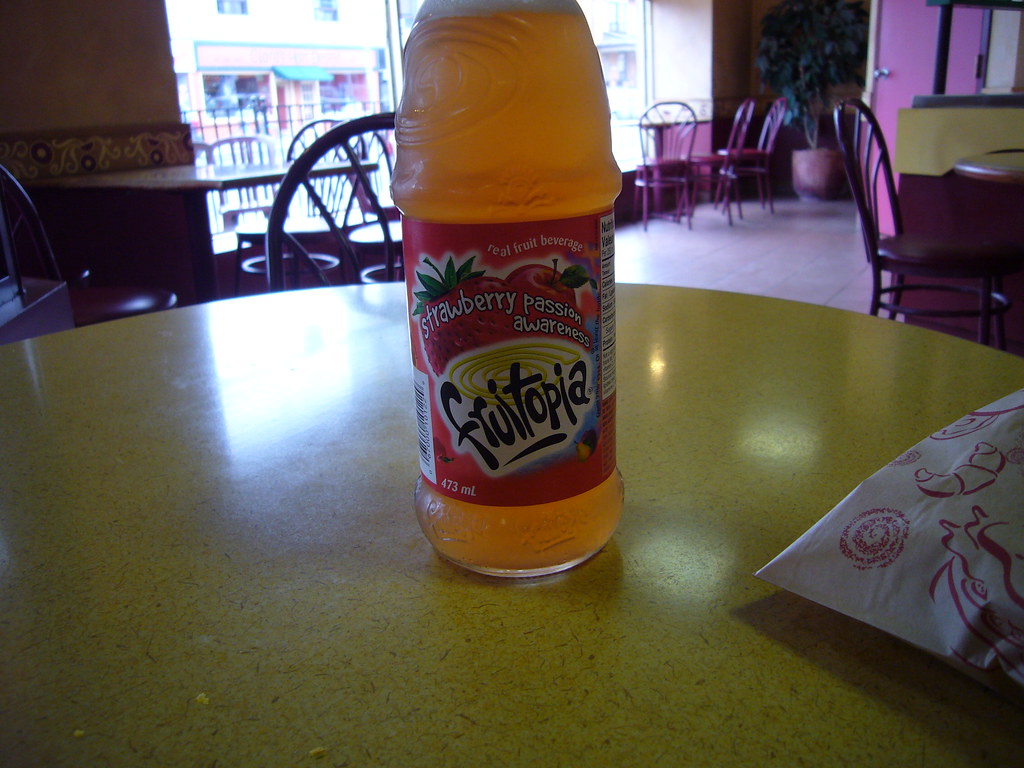
12. **Fruitopia**Launched by Coca-Cola in 1994, Fruitopia emerged as a vibrant, counter-cultural response to the growing popularity of alternative beverages like Snapple during the 1990s. More than just a line of fruit-flavored drinks, Fruitopia cultivated an entire “vibe” that resonated deeply with teens and young adults. Its distinct designs, featuring kaleidoscopic visuals and abstract art, combined with evocative flavor names such as “Strawberry Passion Awareness” and “Grape Beyond,” positioned it as a drink for a more enlightened, free-spirited consumer.
The brand’s marketing approach was revolutionary for its time, employing psychedelic commercials and philosophical taglines that spoke to a generation looking for authenticity and self-expression. Fruitopia became a cultural touchstone, appearing in popular media and becoming synonymous with the relaxed, optimistic, yet slightly rebellious spirit of the ’90s. Its initial success was undeniable, quickly filling store shelves and refrigerators as a favored alternative to traditional sodas and sugary drinks.
Fruitopia’s curated content and emphasis on natural fruit flavors (or at least the perception of them) helped it carve out a significant market share. It connected with consumers through its visual storytelling and the implied promise of a more natural, less artificial experience, distinguishing itself from the brightly colored, overtly artificial drinks that dominated lunchboxes. The vibrant packaging and unique naming conventions created a sense of discovery and individual connection with each flavor profile.
Despite its strong initial impact and considerable cultural resonance, Fruitopia was gradually phased out of the U.S. market in the early 2000s, with its presence dwindling as Coca-Cola shifted focus to other brands like Minute Maid. While it vanished from American shelves, its story continued globally; Fruitopia stubbornly persists in some international markets, most notably Canada, to this day. This enduring presence overseas ensures that for a dedicated segment of its original fan base, Fruitopia remains a lasting legend, its memory preserved as a quintessential ’90s icon.
Read more about: Seriously, Where Did They Go? We’re Remembering 13 Classic Snacks That Vanished From Our Shelves

13. **McDonald’s Pizza**In a curious and often-forgotten chapter of fast-food history, McDonald’s, the undisputed king of burgers and fries, ventured boldly into the world of Italian-American cuisine with McDonald’s Pizza. Available in select locations during the 1980s and 1990s, this unexpected offering was a significant departure from the chain’s core menu, representing an ambitious attempt to diversify and potentially appeal to families seeking a sit-down meal experience. The very idea of getting a pizza at McDonald’s was a novelty that sparked considerable intrigue.
The introduction of McPizza was a strategic move to extend McDonald’s appeal beyond its traditional quick-service model, aiming for a larger share of the dinner market. However, this ambition quickly encountered formidable operational hurdles. The fundamental challenge lay in integrating pizza production—which typically requires longer cooking and preparation times—into McDonald’s famously efficient, high-volume, fast-turnaround kitchen system. This clashed directly with the brand’s established promise of speedy service.
These logistical difficulties significantly impacted customer experience. Patrons accustomed to receiving their orders within minutes often faced extended wait times for a freshly baked pizza, a frustrating deviation from their expectations of McDonald’s. Furthermore, the perceived quality and authenticity of a McDonald’s pizza, when compared to dedicated pizzerias, often fell short. The brand identity of McDonald’s was so strongly linked to burgers that a pizza offering felt incongruous to many, hindering its acceptance.
Ultimately, despite being a much-talked-about novelty, McDonald’s Pizza failed to catch on with the broader public and was gradually phased out by the mid-1990s. Its demise serves as a compelling lesson in branding and operational feasibility, illustrating that even global giants like McDonald’s have limits when straying too far from their established strengths. The McPizza remains a fascinating, if ultimately unsuccessful, experiment, a legendary “what if” in the annals of fast-food history.
Read more about: Beyond the Game: 15 Retired Athletes Who Mastered the Business World and Skyrocketed Their Wealth

14. **Trix Yogurt**For a generation of kids growing up in the 1990s and early 2000s, Trix Yogurt was a vibrant and delicious staple, perfectly translating the playful spirit of the iconic Trix cereal into a creamy, spoonable treat. With its signature bright colors, often swirled together in eye-catching patterns, and its undeniably sweet, fruit-flavored profile, this yogurt was an instant hit. It ingeniously leveraged the beloved Trix brand, offering a familiar and fun experience in a new, convenient format that delighted children and appeased parents seeking relatively healthier snack options.
The marketing of Trix Yogurt was perfectly attuned to its young target audience, emphasizing visual appeal and delicious, kid-friendly flavors like “Berry Blue” and “Strawberry Banana Bash.” The vibrant hues and often swirled designs were a direct nod to the colorful cereal, making it incredibly appealing to children. This visual connection, coupled with its convenient single-serving cups, made it a perennial favorite for lunchboxes and after-school snacks, becoming a ubiquitous presence in refrigerators nationwide.
Its widespread success stemmed not only from its attractive packaging and taste but also from its practical appeal. Trix Yogurt offered a refreshing alternative to traditional desserts, providing a creamy, fruit-flavored treat that felt indulgent yet offered the nutritional benefits associated with dairy. It became a go-to choice for parents looking to pack a fun yet wholesome item in their children’s lunchboxes, cementing its status as a reliable and much-loved childhood classic that spanned well over a decade.
However, to the dismay of its many fans, Trix Yogurt was discontinued in the mid-2010s, leaving a significant gap in the flavored yogurt aisle. The decision to cease production sparked disappointment and nostalgia among those who grew up with it, many of whom still reminisce about its unique blend of vibrant color, creamy texture, and unmistakable Trix-inspired sweetness. Its vanishing act highlights how even popular, long-standing products can quietly disappear, leaving behind only cherished memories of a simpler, more colorful time.
Read more about: Seriously, Remember These? A Deep Dive into the Discontinued Childhood Snacks That Left Us Heartbroken
It’s always a little bittersweet to reflect on the snacks and treats that once filled our childhoods, only to mysteriously disappear from store shelves. These vanished favorites were more than just food; they were a part of our daily routines, our lunchbox bartering sessions, and the simple joys of growing up. From transparent colas to interactive fruit strips and surprise-filled chocolate balls, each item represents a unique slice of culinary and cultural history. While the grocery aisles continue to evolve, the enduring cult following and shared memories of these beloved items remind us that some tastes, and the nostalgia they evoke, are truly timeless. Who knows, perhaps with enough petitions and collective yearning, some of these legends might one day stage a triumphant, authentically delicious comeback.

